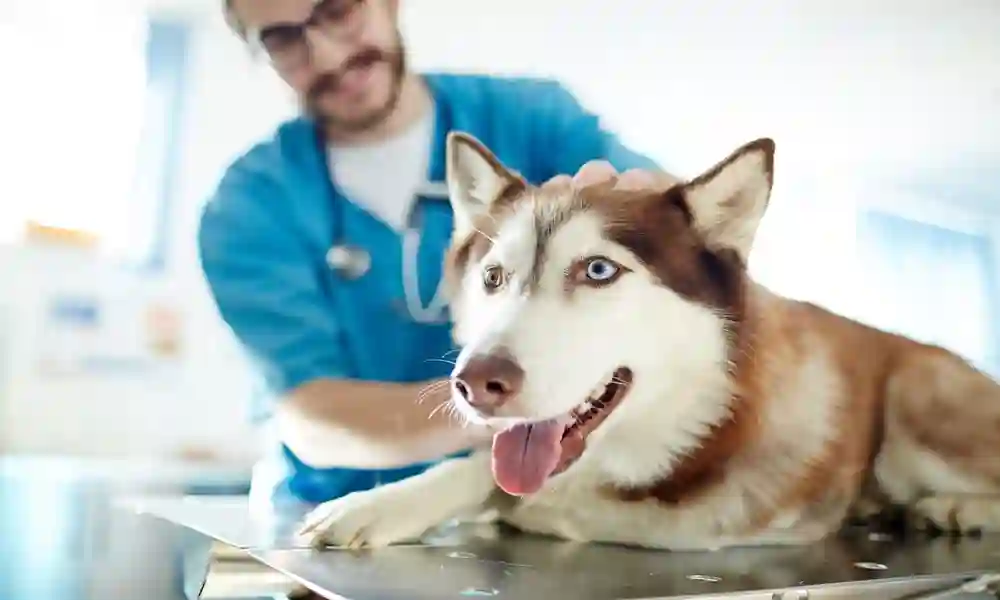Pet Care Tips are a godsend for any pet parent trying to make sense of the whirlwind of advice out there. I mean, where do you even begin? Dogs, cats, birds, reptiles… they all have different needs, personalities, and quirks that you have to balance. If you’re like me (in perpetual “new pet parent” mode), figuring out what your pet needs for their health, training, and overall happiness can feel like a full-time job. But hey, I’m here to break it down for you, no fancy jargon, just solid, practical tips.
Pet Care Tips for Health
Let’s start with the basics. Health—your pet’s health, that is. You want your pet to live long and strong, right? So, this is probably the most important section (no pressure).
1. Regular Vet Check-ups
Okay, full confession time: when I first got my dog, I thought I could DIY his health plan. Like, he’s a dog—how hard can it be? Fast forward to a very stressful vet visit where they told me my pup had a few issues that needed addressing immediately. Yikes. So, here’s the kicker: regular vet visits are a must.
I now take my dog in for his annual check-ups, whether he’s sick or not. It’s like getting a sneak peek into how your pet is doing on the inside. Plus, my vet always drops gems of wisdom—like how some breeds are more prone to certain conditions. This can help catch problems early, so you can handle them before they become a bigger deal.
Oh, and vaccines. Don’t skip those. Trust me on this one. No one wants to deal with pet diseases because you thought one vaccination wasn’t a big deal. Spoiler: It is.
2. Nutrition – Quality Over Quantity
I’ll be real with you: my first pet food decision was based on which bag was the brightest and most colorful. Rookie mistake. The number of times I’ve had to google “is this food good for my dog?” is a little embarrassing. But hey, now I know better.
First off, read the ingredients list on the back of the bag—don’t just go for the cutest packaging. High-quality food should have protein as the first ingredient. The rest? Mostly veggies, vitamins, and minerals. And no, that random “by-product” they mention on the label? Not great.
My neighbor Tina swears by a specific brand she got from some tiny local shop, and yeah, her cat has never looked better. Cats especially need tailored diets—learned that the hard way when my kitten started looking like a fluffy potato. Oops.
3. Hydration—Like, For Real
This one’s simple, but I still somehow forget sometimes. Water. Your pet needs water. It’s one of those pet care tips that sound too obvious to need repeating, but I’ve caught myself not refilling my dog’s bowl—too many times—and it’s not cute. Pets can get dehydrated super quickly, which can lead to serious kidney or urinary issues. The last thing you want is to deal with a pet that’s got a bladder infection. Trust me, I’ve been there. Not fun.
4. Grooming and Hygiene
At first, grooming sounded like one of those luxuries for the fancy dog owners who live in expensive apartments. But nah—grooming is crucial. I quickly learned that my dog’s fur could go from soft and shiny to a tangled mess in no time. And don’t even get me started on shedding. It was like living in a snow globe of fur for a while. Not to mention the gross ear infections that happen if you ignore them.
Invest in a good brush. A well-groomed pet is a happy pet, and it saves a ton of time on clean-up. And clean their ears, trim their nails, and brush their teeth, because bad dental hygiene can lead to some serious issues down the road. I mean, who wants their pet having doggy breath for years on end?
Pet Care Tips for Training
Okay, so your pet’s health is sorted, but what about their behavior? Let’s be real, nobody wants a dog that pulls on the leash like they’re auditioning for Fast & Furious 12. Training is one of those areas where you can’t slack off if you want to live in harmony with your pet. Trust me.
1. Start Early – Or Later, If You Have To
Starting training early is ideal, but if you didn’t get your pet as a baby, don’t panic. I adopted my dog when he was 2, and let me tell you, it wasn’t exactly smooth sailing. But I’ve learned that it’s never too late to train.
Start with basic commands: “Sit,” “Stay,” “Come.” My dog learned these like he was a pro, though “stay” still gets him occasionally. I think he sees it as more of a “suggestion.” Anyway, it doesn’t hurt to be patient.
2. Positive Reinforcement – Yes, You Should Have Treats
Fast forward past three failed attempts, and I finally got the hang of positive reinforcement. Here’s the thing: dogs (and cats, too, honestly) love treats. My dog doesn’t care what he’s getting as long as it’s wrapped in cheese. So, why not use that to your advantage? Every time he does something right, he gets a little reward. It’s like making him feel like he won the lottery for doing a basic trick. And yes, I’ll admit it: I’ve used cheese as a training tool. Worth it.
3. Consistency is Key
I once tried to teach my dog to “roll over,” but I only practiced with him once a week. Spoiler alert: he never learned. Consistency is everything. You need to practice daily, even if it’s just for 10 minutes. It’s all about muscle memory for pets. So, do yourself a favor—don’t expect them to catch on after one lesson.
4. Patience, Patience, Patience
I know, I know. You just want a well-behaved pet, but training takes time. Seriously, I swear my dog was trying to outsmart me for a solid month with “sit” commands. Don’t get frustrated, though—take a break and try again later. Your pet isn’t trying to ruin your life (most of the time).
Pet Care Tips for Choosing the Best Products
Now that your pet is healthy and trained, let’s talk gear. There are so many products on the market, it’s overwhelming. But I’ve narrowed it down to the essentials.
1. High-Quality Food—The Gift That Keeps on Giving
Food first, always. I’m not kidding. Your pet deserves quality food. I learned this the hard way when I bought the cheapest bag of dog food I could find, and let’s just say… bad things happened. It’s not worth it. I trust my vet’s recommendations now and invest in high-quality food that I know is made from real ingredients.
2. Comfortable Bedding
Remember when I said that pet care involves comfort? Well, your pet’s bed is a big part of that. Don’t go for the cheapest, flimsy option. Get something with good support, especially if your pet is getting older. I bought a cheap one once and my dog started avoiding it like it was haunted. Eventually, I caved and bought him a plush, orthopedic bed—now he naps like a king.
3. Pet Toys—Mental Stimulation FTW
A bored pet is a destructive pet. I’m speaking from experience here—one too many destroyed shoes and chewed-up furniture. My dog LOVES puzzle toys that challenge him to earn his treat. Keeps him mentally sharp and saves my living room from chaos. You need toys that engage them, so they aren’t just laying around with pent-up energy.
4. Safety First
I learned the importance of safety the hard way when my dog almost got loose on a walk because his leash broke. Now, I use a high-quality, secure leash and always double-check his harness before heading out. A good collar with ID tags is a must—if your pet runs off, you want them to come back to you.
5. Health and Hygiene Products
Let’s not forget those grooming supplies. Shampoos, nail clippers, flea treatments… My dog hated baths at first, but I eventually found a shampoo that made him smell like a field of roses. (Well, sort of.) Plus, investing in good dental chews has saved my dog from a ton of dental drama.
Wrapping Up
Anyway, here’s the kicker: pet care isn’t perfect. But if you stay consistent, informed, and a little patient, you and your pet will be fine. Whether you’re cleaning up fur, learning new tricks, or picking out the best pet food, just know that you’re doing your best. So, remember these pet care tips—health, training, and the right products will make a world of difference.










Important Posts
10 Fun and Easy Ways to Entertain Your Dog at Home
Comprehensive Pet Care & Health Essentials for Your Furry Friends
The Top 5 Most Loyal Dog Breeds You’ll Love